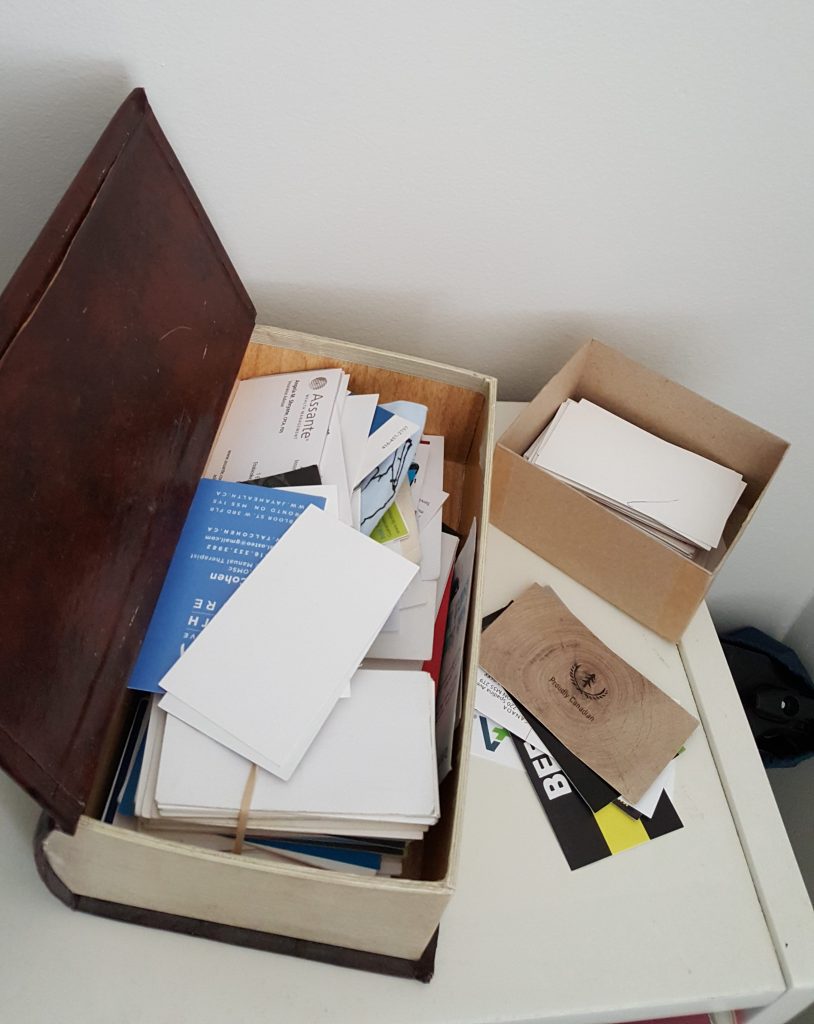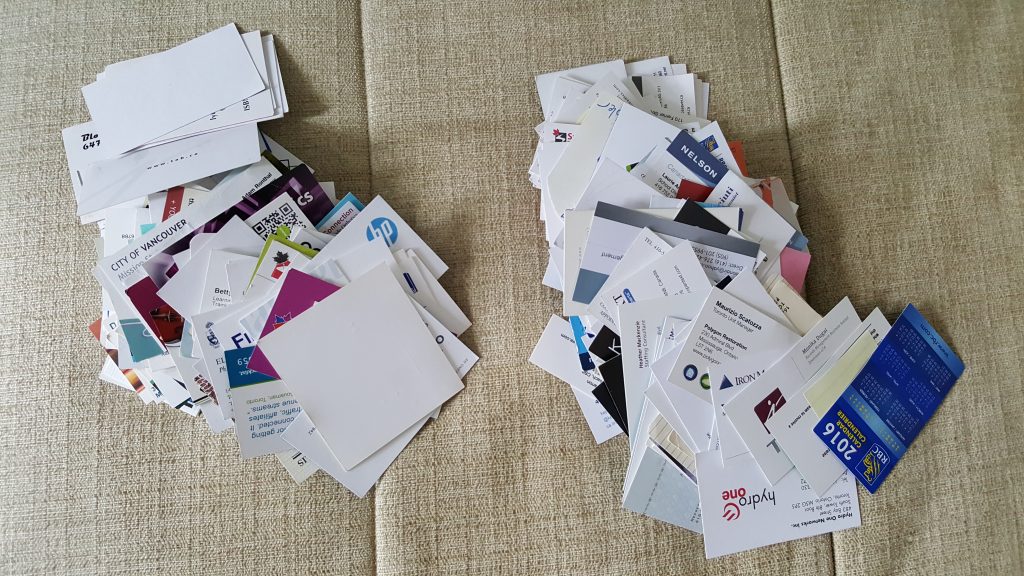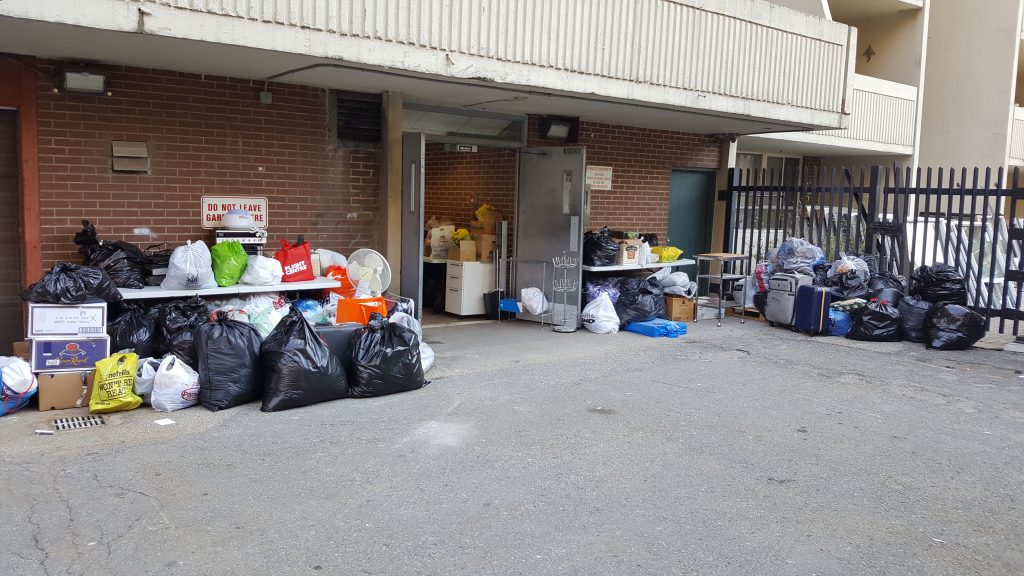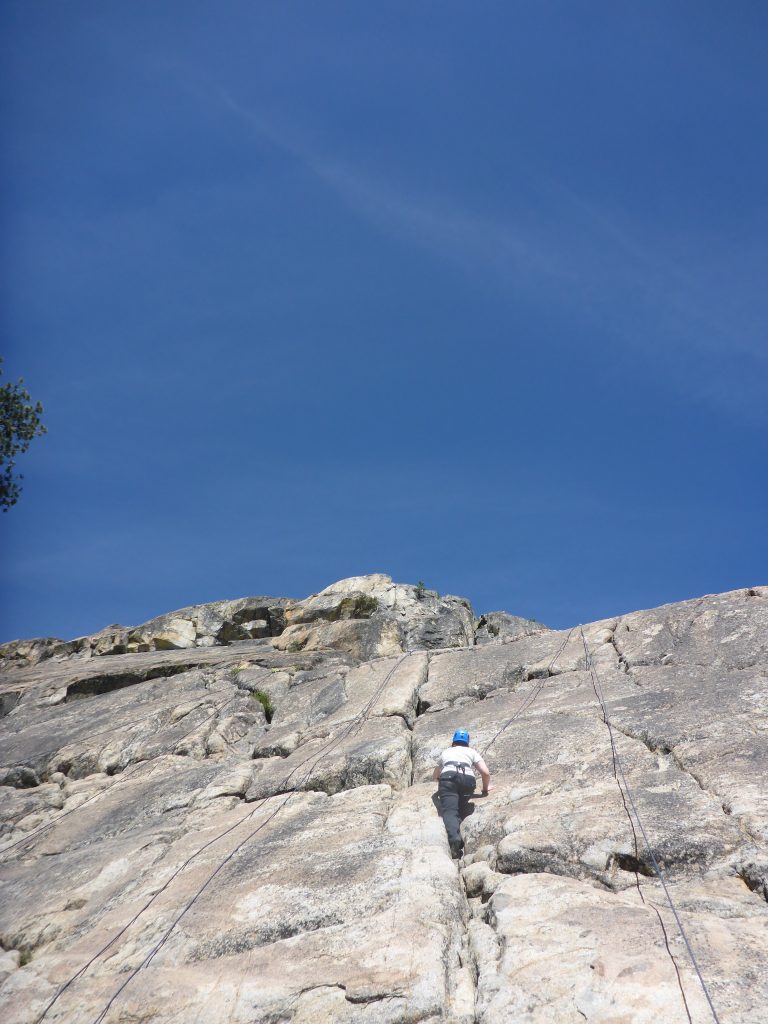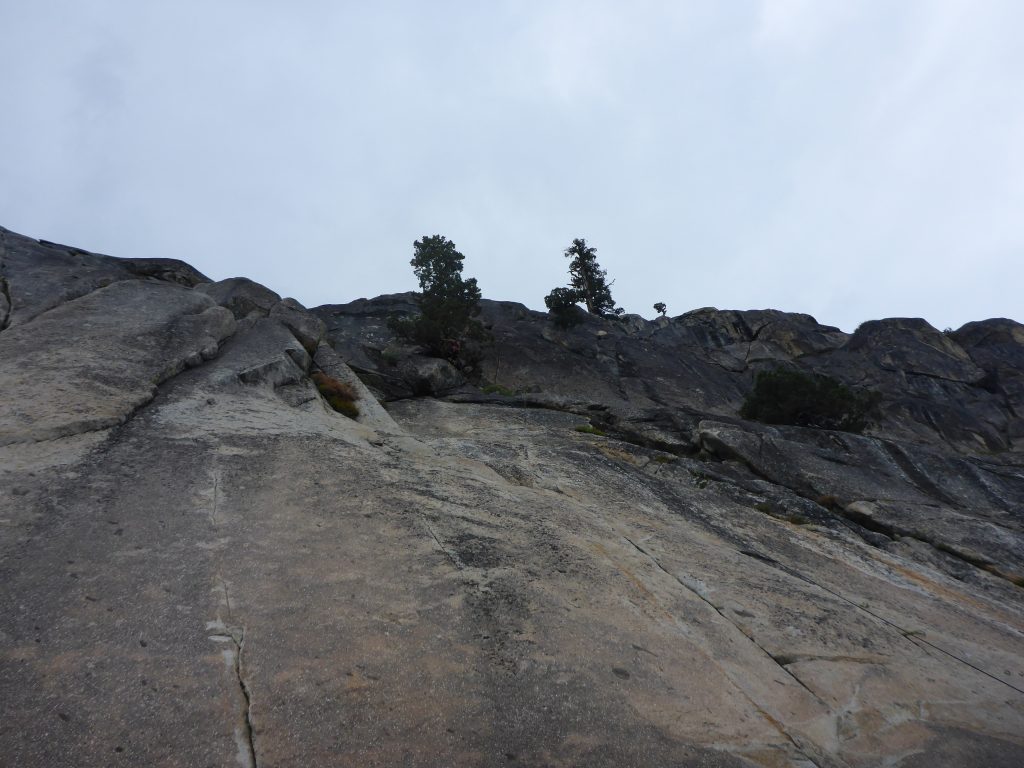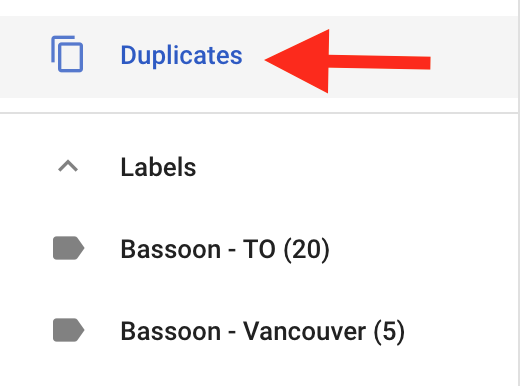One of my biggest peeves when making plans with someone is when critical details are missing in the written communication, requiring another round of messages and the inevitable time delays. In other words, I’m not given enough information to make a decision. Sometimes I get an invite and the date, or location, won’t be included. These are important factors for my decision making process.
Usually when I’m making plans, finding a date and time is the most complicated part. Rather than dozens of messages to coordinate something, I always think that this part could be easily accomplished with a quick phone call to compare schedules IRT (in real time). I delude myself into thinking that a phone call will be the fastest and most direct way. However, most of the time coordinating the phone call takes so long, that I eventually resort back to a volley of emails or text messages to confirm details.
Here’s a classic example. Last month, a friend of mine was in town for a few weeks. After messaging for days to coordinate a time to meetup, she sent me a message to call her to compare schedules. My immediate impulse was to message her for a good time to call.
In the end, we ended up sending messages to coordinate a time for a phone call to avoid sending a whole bunch of messages to confirm a meet up. With so many options, communication should be easy, but yet it feels more cumbersome.
Even though I would rather make plans by phone because it’s faster and more direct, it’s not always the most convenient. Electronic messages can be sent anytime, but usually phone calls happen during certain hours when people are awake.
Another convenience with electronic messages is they’re easier to deal with when I’m out. I can take my time to respond and noise doesn’t matter. Electronic messages can be read, and replied to, when I’m in a noisy place. I sometimes have trouble finding quiet places to make phone calls.
Not that long ago, it would have been easy for me to just pick up the phone and call someone. Now I feel like I have to message someone first to schedule a time to call. If I don’t, I risk a long game of phone tag. People are slow to return calls, but messages often get answered quickly.



